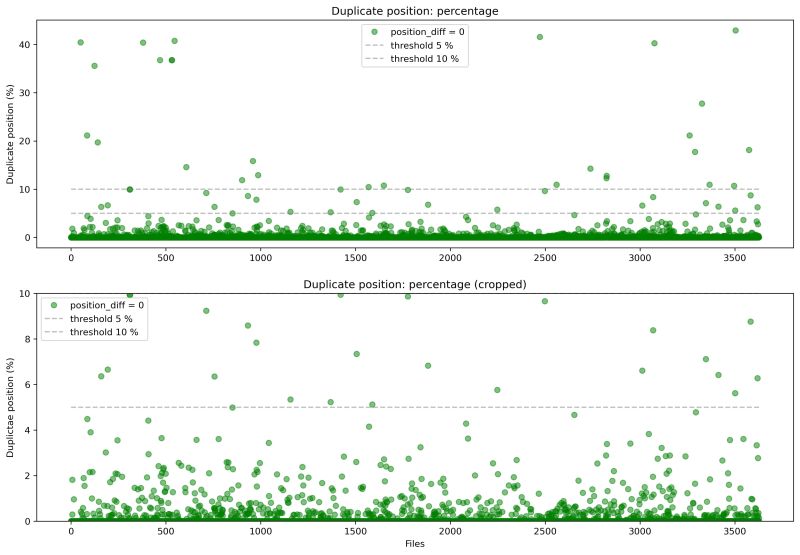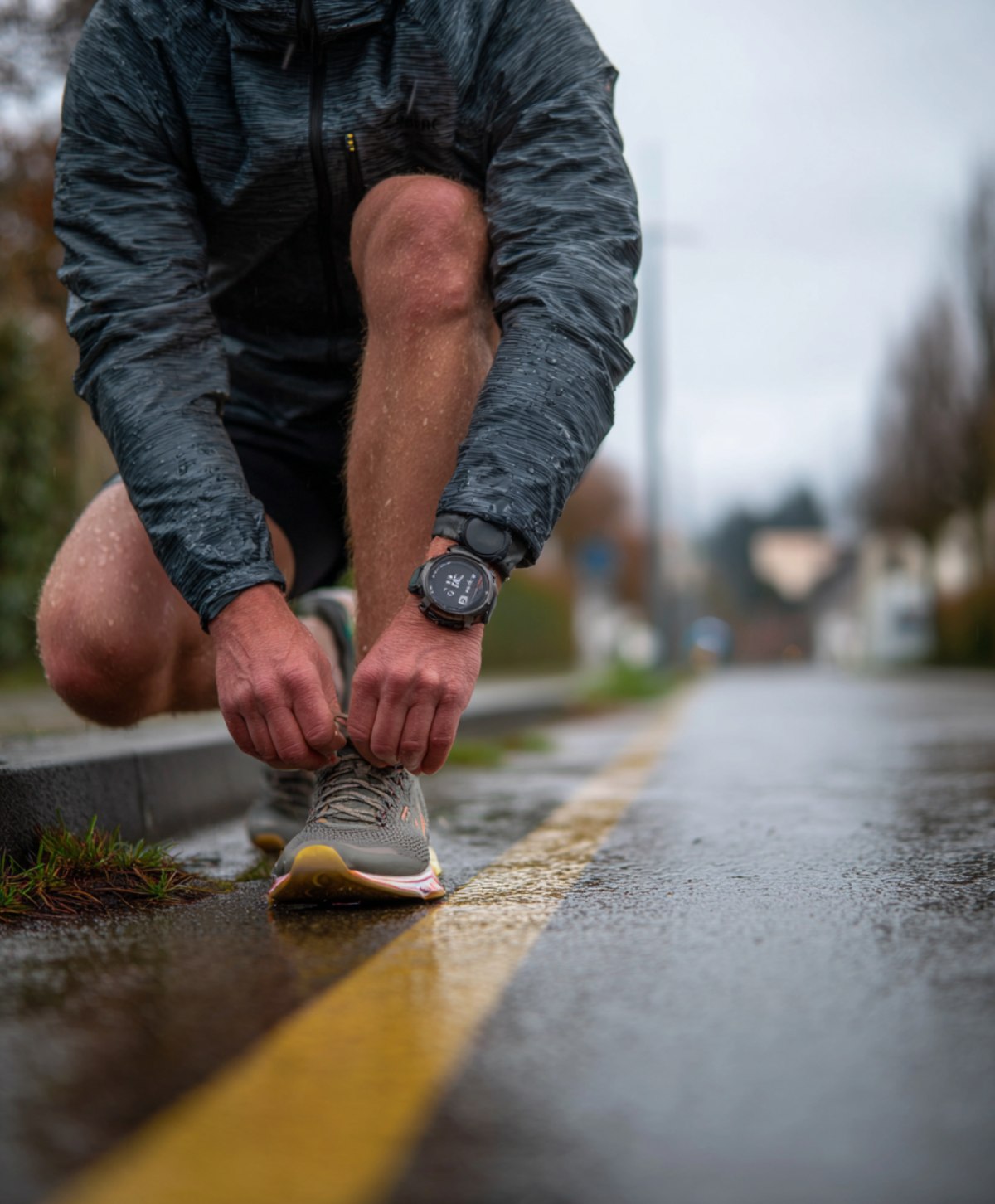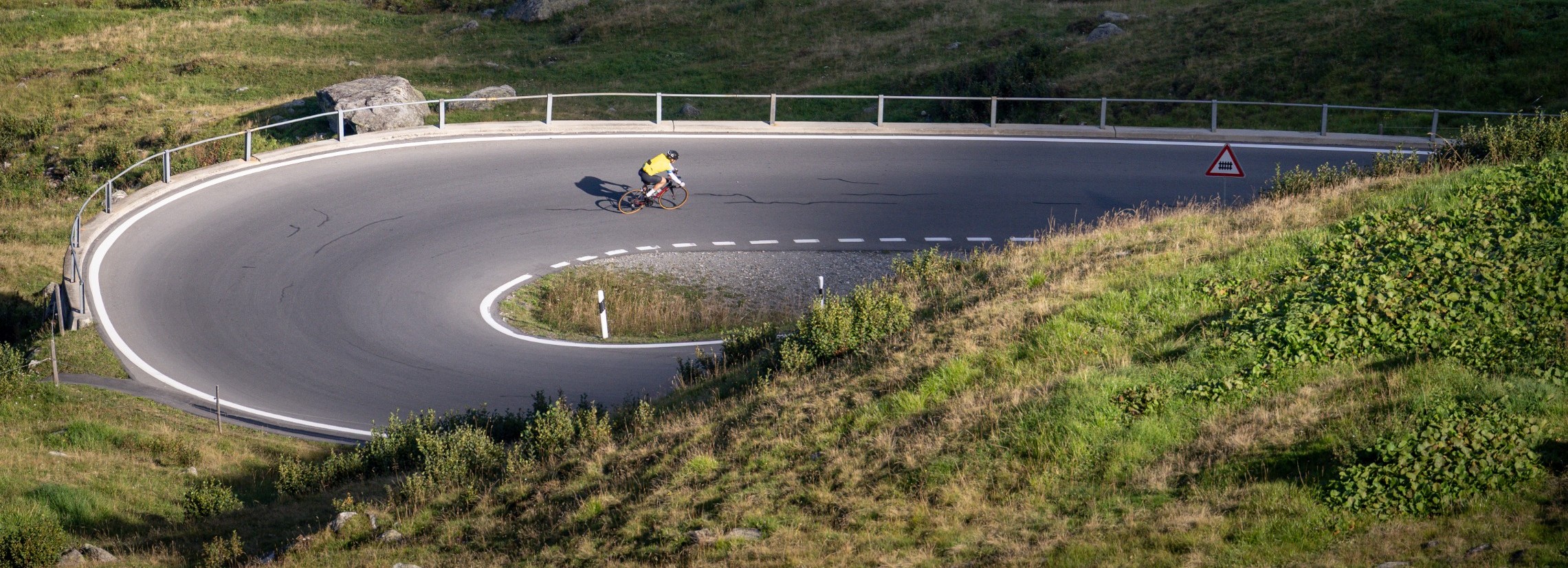Digital doping
Manipulated data (2/5)
Our current analysis - a collaboration between LaceUp, ETH Zurich and students Kevin Kosch and Nikolaus Rath - examines the phenomenon of digital doping: the manipulation of GPS tracks to gain an advantage or to test data quality.

Initial findings from the Lab:
- Merging tracks is easy to do and difficult to recognize - especially in tunnels or narrow valleys.
- Artificial speed increases can be generated, but are usually easy to detect.
- Reversed routes stand out clearly due to the correlation between speed and gradient.
- Manipulation algorithms are becoming increasingly sophisticated - but one small mistake can expose the entire forgery.
- The biggest challenge lies in GNSS accuracy: it varies greatly between devices and pre-processing methods, which makes it difficult to distinguish between measurement error and fraud.
In the next few posts, we will show you how our algorithm automatically evaluates the quality of GPX files. The graphic below shows the data distribution of 3,628 anonymized GPX files - with a focus on duplicate position data, which should not actually occur.

Credits
Kevin KoschNikolaus RathBenedikt Soja, Matthias Aichinger-Rosenberger, Nico Schefer, Sebastian de Castelberg, Tobias W.



.jpg)

.jpg)

